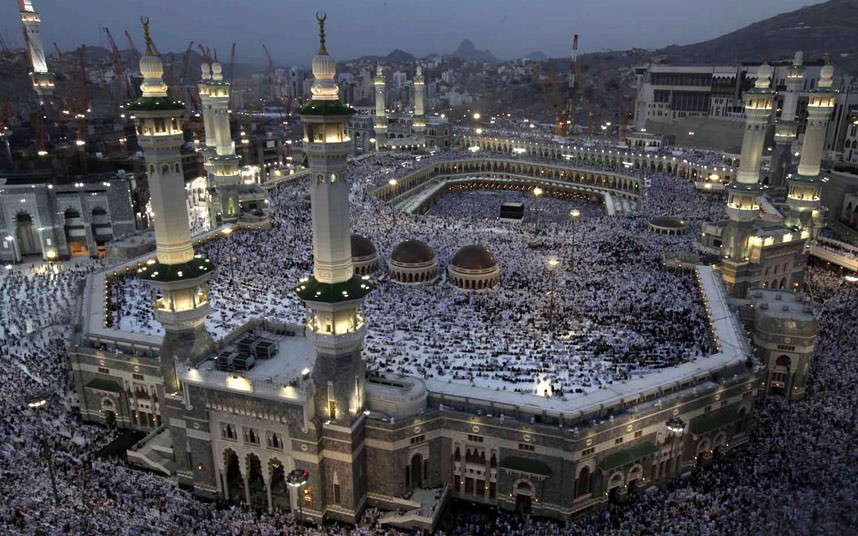
Saudi Arabia will strengthen its Haj and Umrah service sector as part of a diversification strategy and reduce dependence on falling oil revenue.
Analysts have emphasized that Haj/Umrah is the second most important economic sector after oil and gas. Economists consider Haj and Umrah as vital sectors with significant growth potential and ability to create more job opportunities for young Saudi men and women.
The tourism sector contributes SR85 billion to the gross domestic product (GDP) with Haj and Umrah providing a whopping SR45 billion. With the completion of expansion projects at the two holy mosques in Makkah and Madinah, the revenue from the sector is expected to double. Saudi Arabia currently receives nearly two million foreign Haj pilgrims annually. The figure is expected to reach 2.7 million by 2020.
It also receives more than six million Umrah pilgrims in nine months of the year. The figure is meager compared to the Kingdom’s potentials. The tourism sector was instrumental in creating more than 100,000 jobs for Saudis within a short span.
Revenue from the tourism, Umrah and Haj sector is expected to grow by SR35 billion during the next five years through cultural, historical and medical tourism. Abdul Ghani Al-Ansari, a member of the National Tourism Committee, emphasized the need to restructure the sector to make it a major contributor to the national economy.
“The total capacity of hostels and furnished apartments in Makkah and Madinah is not fully utilized due to lack of good planning,” Al-Ansari told Okaz/Saudi Gazette.
Makkah can now accommodate 12 million pilgrims while Madinah can house only 230,000 visitors. “This shows there is big gap when we compare the two holy cities,” he pointed out. He called for the establishment of a center to discuss revenues generated from Haj and Umrah.
The Kingdom is facing a budget deficit which is expected to reach $87 billion this year. The crude price crisis has had an impact on the economy as oil sales account for almost 80 percent of the country’s revenue. Saudi Arabia’s foreign reserves fell to $640 billion last year from $737 billion in 2014.













